
In April 2016, the US Treasury announced the future changes in the design of the dollar banknote. For the first time since the beginning of the 20th century, portraits of women will appear on it, namely the suffragettes and abolitionists.
What images were placed on dollar bills in different time periods?

Photo: $1 note of 1770, an official note of Maryland.
In the 15th century, all British colonies in North America had their own banknotes. Since the dollars that were in circulation at that time were constantly forging, the government decided to protect them with unusual patterns. Sometimes real plants were used as a guarantor of authenticity.
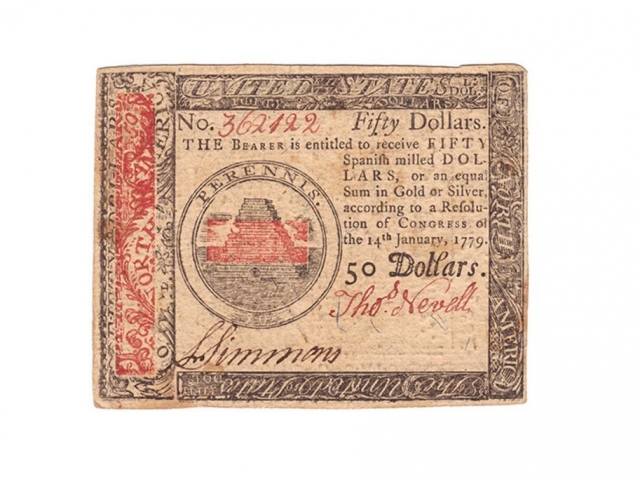
Photo: $50 note of 1779, called Continental
This banknote depicted a pyramid consisting of 13 plates, which symbolized 13 colonies. After a while, the famous all-seeing eye was added above it. This is the image that appeared on the Great Seal of the United States.
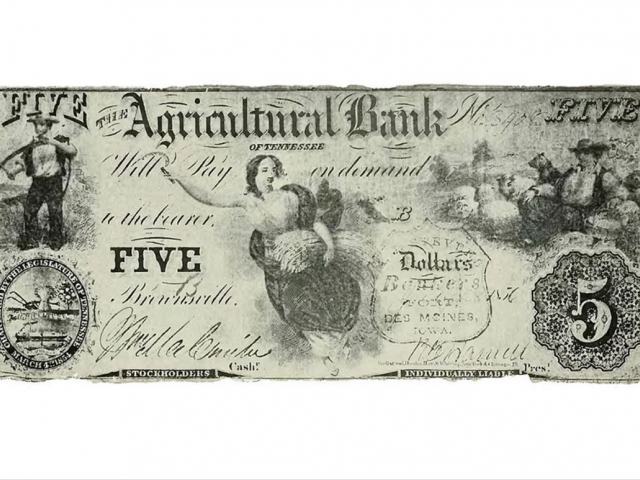
Photo: "wild" dollar, the 19th century.
This period of time was chaotic. It was possible to print dollars both in states and banks. The cost of individual notes depended only on the welfare of the financial institution that printed them. Fraud flourished, because unusable bills were given the status of normal. They were printed by banks created for such purposes literally for a day.
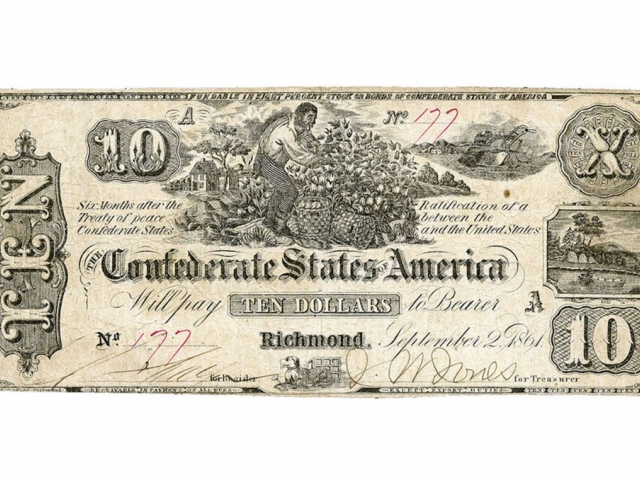
Photo: $10 note of the Confederation, 1962.
On one side of this banknote you can see an image of an African American picking cotton.
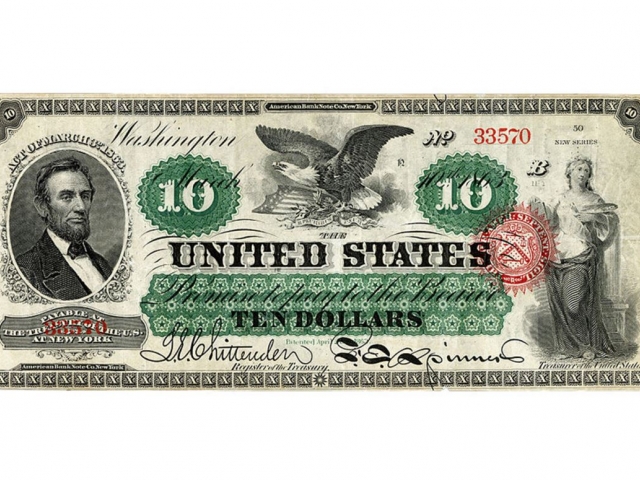
Photo: $10 note of the Union, 1862.
These dollars were produced after the signing of the law on the issuance of banknotes for $50 million. However, these banknotes left the market by 1863.
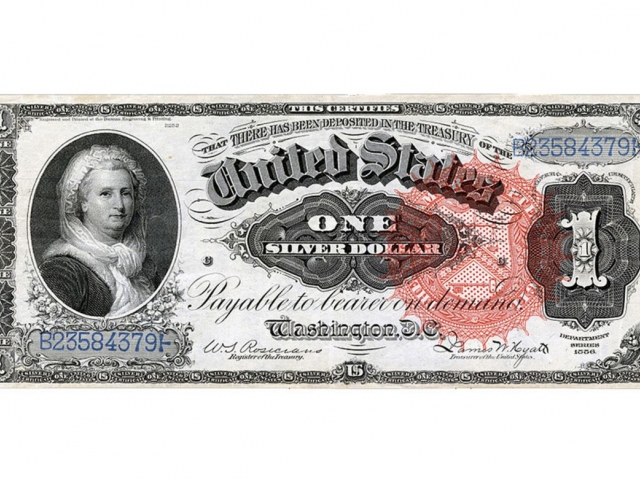
Photo: dollar with a portrait of Martha Washington, the wife of the former US president.
A rare banknote of the United States of America, which is adorned with an image of a lady (this is the only bill with a real image of a woman in the history of the state). It is believed that after the Civil War the financial system of the US reached harmony and the design of the notes approached the ideal.
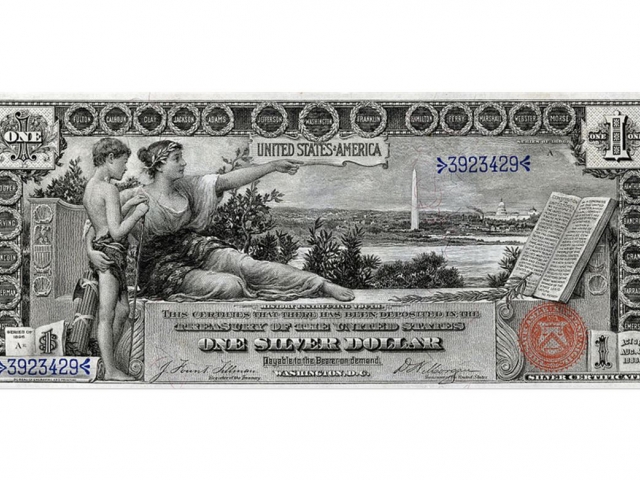
Photo: silver certificate of 1896.
This series of notes was issued in 1892.
Banknotes from this series are recognized as the most beautiful in the history of the US currency.
Silver certificate showed Columbia (the symbol of the States), which looked toward the monument of Washington.

Photo: $5 silver certificate, 1896.
This banknote of the educational series depicted an allegorical scene about electricity. The picture, placed on the dollar, showed that the US occupied the first place in the race of technological innovations of that period of time.

Photo: $5 note of 1899.
Another silver certificate with denomination of five dollars. This note shows the Indian leader Running antelope.

Photo: $20 gold certificate, 1905.
These banknotes were very similar to the modern dollar. The main distinguishing feature was golden color.
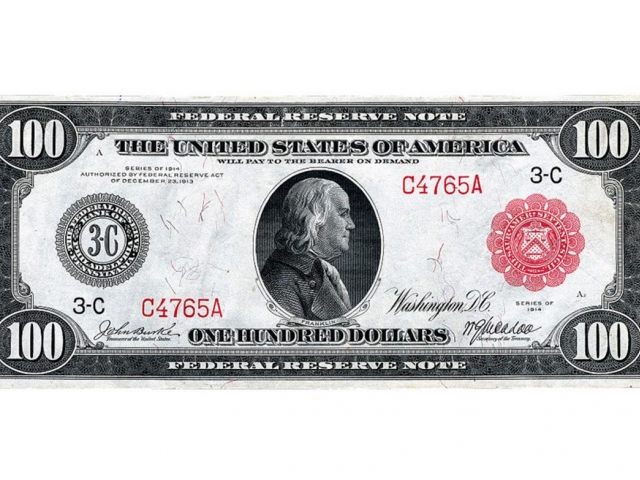
Photo: $100 note of 1914.
In 1913, the United States carried out a financial reform. The government adopted the Federal Reserve Act. The analogue of the Central Bank was created, and it had the right to issue dollars. It was the time when the current design of dollar bills and a special paper appeared, depicting the deceased US presidents.
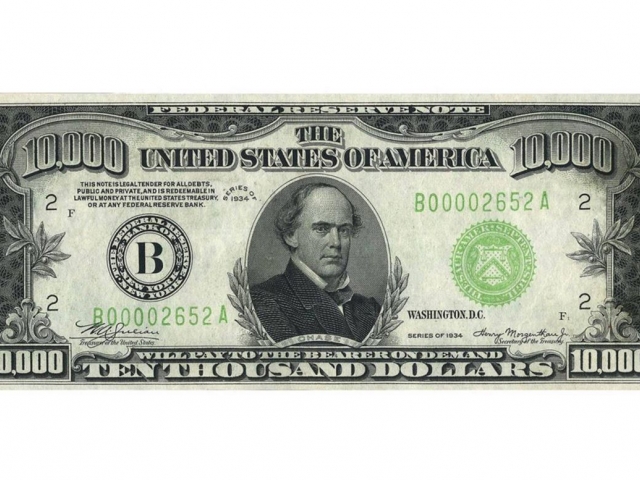
Photo: $10,000 note of 1934 with the image of Salmon Chase, an official, who lived when the first paper money were produced in the US.
In 1928, another reform was carried out. Banknotes were reduced in order to save paper and money. The dollars received a greenish tinge.

Photo: $100 note of 1996.
In the mid-90's, the design of the US dollar underwent a change. The ink that changes color was used, the perimeter patterns disappeared, and the portraits of politicians were reduced and moved to the center of a note.
 বাংলা
বাংলা 
 Русский
Русский English
English Bahasa Indonesia
Bahasa Indonesia Bahasa Malay
Bahasa Malay ไทย
ไทย Español
Español Deutsch
Deutsch Български
Български Français
Français Tiếng Việt
Tiếng Việt 中文
中文 हिन्दी
हिन्दी Čeština
Čeština Українська
Українська Română
Română
